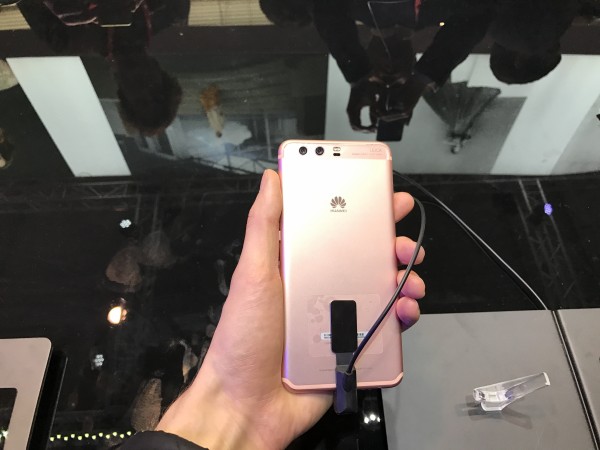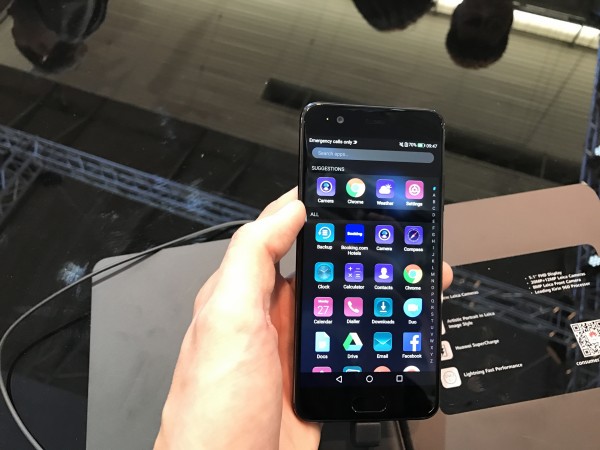
Huawei, once the unknown Chinese disruptor of the smartphone market, is now very much one of the big names.
With each passing year and new flagship device, the company’s reach has extended further and their reputation grown.
At Mobile World Congress 2017, Huawei had a chance to steal a bigger march than usual on some of their rivals thanks to the gaping hole left by Samsung not announcing their new flagship, as is normally the case.
The tech giant unveiled the P10 and larger sibling the P10+, but how do they stack up against the rivals it is so keen to usurp?

In this sense not much has changed from last year’s P9 – Huawei follow the same method of many of the big names in relying on the right marriage of metal and glass to create their devices.
The P10 looks the part and certainly feels like the well-made, premium smartphone it is designed to be.
However, there has been little noticeable change compared to the P9, so at a glance you might find yourself wondering why you need to upgrade.

Where there has been a notable step forward with the P10 and P10+, though, is in the special two new colour shades the phone has been created in.
It’s part of a collaboration with colour institute Pantone and the results are “Greenery” and “Dazzling Blue”.
The blue is a smart navy that doesn’t look too outlandish, the green on the other hand is very eye-catching and while it makes a statement it certainly won’t be a unanimous success with everyone.
Having said that, “Greenery” was Pantone’s colour of the year 2017, so what do we know?

The headline updates for the P10 and P10+ revolve around the camera, with both the front and rear lenses given significant updates.
For the second year running, Huawei has housed dual-rear lenses in their flagship, and again these have been built in partnership with German camera giant Leica.
Both the phones have a 12 megapixel sensor and a 20 megapixel monochrome sibling that is able to capture more detailed facial features.

Leica lens are also in use and a larger aperture lets in more light, which aims to give better results in low-light conditions.
Our early tests suggested the cameras live up to their billing – handling changes and lack of light well and still capturing detail well, and the enhanced suite of edits and enhancements available mark the P10 out as a phone for enthusiastic photographers.
As an added bonus, this year Leica has also worked on the sensor in the front-facing camera, again pushing up the camera’s ability to handle low-light and, as a result, add another layer of detail to your selfies.

In hardware, Huawei now more than justifies its place as the third-largest mobile phone manufacturer on the market behind Apple and Samsung.
The quality of Huawei’s hardware cannot be doubted, but in software there is still work to do.
While more and more Android phone manufacturers are waking up to the realisation that natural, untouched Android is better than versions they personalise with their own touches, Huawei still places a skin over the top of Android that dampens the experience.

Some screens are a little more bloated or cramped by widgets that needs to be the case, and on a device that does such a good job on aesthetics, in a virtual sense Huawei still has a little way to go.
This, however, doesn’t weaken the argument that Huawei and the P10 have cemented their place towards the top end of the smartphone market.
More market penetration is still needed in the UK but devices such as the P10 and P10+ will greatly help with that.